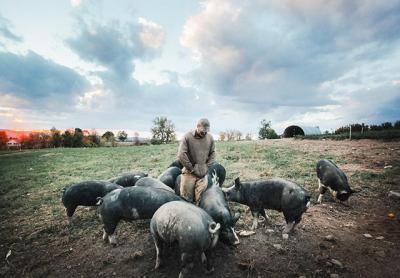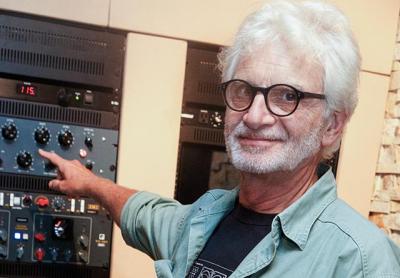Mozart and Hitchcock
Mozart and Hitchcock
The Met: Live in HD will bring its new season to Guild Hall on Saturday at 1 p.m. with Julie Taymor’s production of Mozart’s “Die Zauberflote (The Magic Flute).” James Levine, the Met’s music director emeritus, will conduct the full-length version of the magical fable, with Golda Schultz, Kathryn Lewek, Charles Castronovo, Markus Werba, and Christian Van Horn among the cast members. Tickets are $22, $20 for museum members, and $15 for students.
The simulcast will be preceded at noon by a breakfast reception and presentation by Victoria Bond, the composer, conductor, and opera scholar, who will read and musically illustrate passages from Mozart’s letters. Tickets for “Mozart in His Own Words” are $30, $28 for members.
On Saturday at 7 p.m., the New-York Historical Society’s classic film series will screen Alfred Hitchcock’s thriller “Notorious,” which stars Cary Grant as an American agent and Ingrid Bergman as the daughter of a Nazi spy. The evening will include remarks by Ron Simon, a media professor, and Dale Gregory of the historical society. Tickets are $12 and $10.
The next Guild Gathering, which brings together artists and the public for presentations and a reception, will take place next Thursday from 7 to 9 p.m. The free event will feature Yuka Silvera, a costume designer, Jeremy Dennis, a photographer, Kathryn Szoka, a photographer and co-owner of Canio’s Books, and Aurelio Torres, a visual artist.






